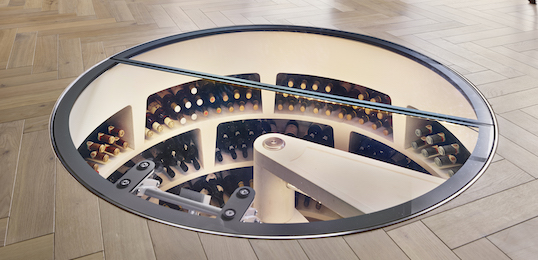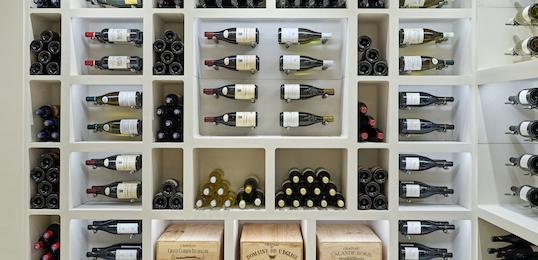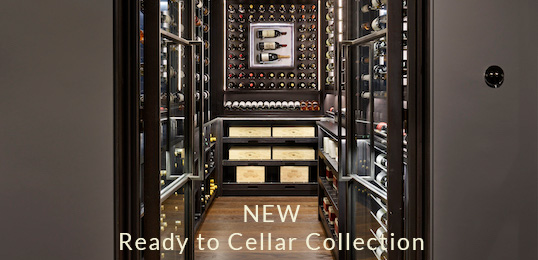Wine has always been an international commodity; as far back as the days of the Roman Empire, vineyards in Italy produced wine for consumption in far-off Gaul – and vice versa. Over the centuries, then, wine has perhaps become one of the most well-travelled products in history – but not every bottle has reached its intended destination as planned. And when a ship goes down with its precious bottled cargo on board, what happens to the wine?
Over the years, a lucky few connoisseurs have been able to find out.
Shipwrecked 1907 Heidsieck
One of the most famous examples of a shipwrecked wine is, of course, the 1907 Heidsieck & Co. Monopole Diamant Bleu “Shipwrecked” Champagne.
It set sail in 1916 aboard the Swedish freighter Jönköping, from the Swedish port of Gävle bound for Finland, at that time Russian territory, and was sunk by the German submarine U22.
The ship, and her cargo, lay in the icy waters of the Baltic Sea until 1997, when divers discovered the wreck and a number of intact bottles, which they brought to the surface and (naturally) opened and tasted. The resulting flavours have been described as having an incredible richness, with a profoundly deep and mellow character, yet light-bodied, elegant and fresh, with slow building toasty aromas and a sweetness that builds in the mouth. Certainly one to savour – should you be lucky enough to acquire a bottle, as only two thousand or so were saved.
170-Year-Old Champagne
Not far away, in 2010, an even rarer find was discovered – 168 bottles of champagne which are thought to have lain under the sea for 170 years. Naturally, as soon as one was brought to the surface an adventurous diver sampled it – because how could one ever resist? Expert sommelier Ella Grussner Cromwell-Morgan described it as having a freshness to it, despite its age, with a clear acidity which reinforced the sweetness. An official tasting recorded notes of lime blossoms, coffee and chanterelles, as well as yeast, honey and a hint of manure. From examination of the corks, it’s believed that these bottles came from the houses of Veuve Clicquot Ponsardin, Juglar and – again – Heidsieck.
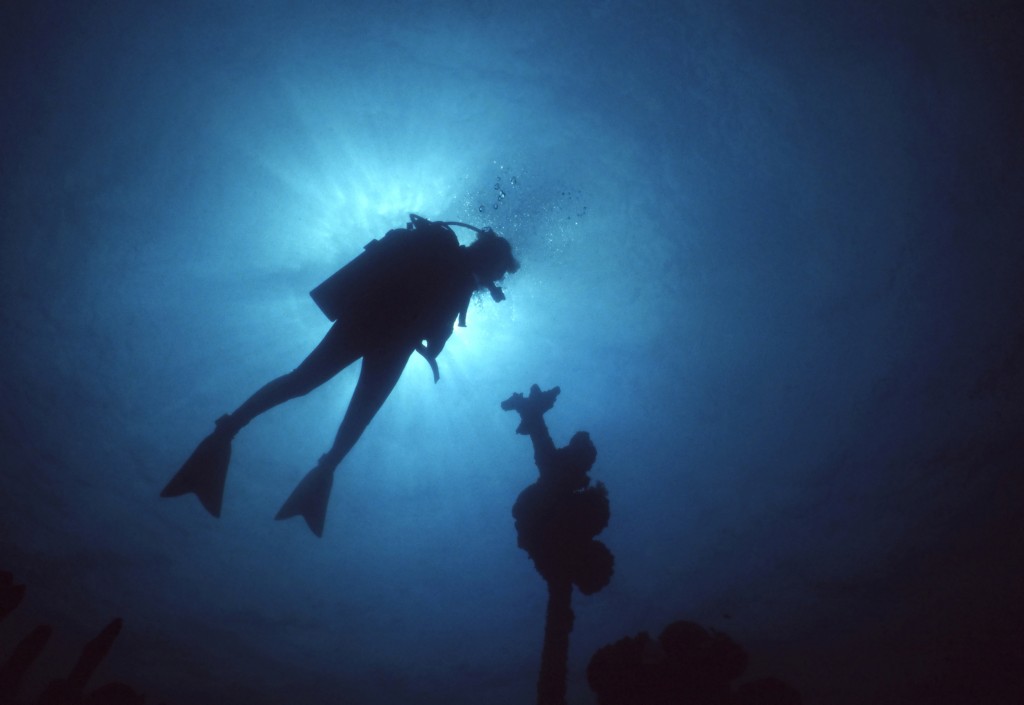
Civil War Wine
Not every bottle of shipwrecked wine has been found to be so palatable, however.
Last year, at a tasting in Charleston, South Carolina, experts gathered to sample a bottle of wine which had been recovered from the wreck of a Civil War era ship, the Mary-Celestia, which went down in the seas off Bermuda in 1864.
Bermudan waters, however, don’t share the same characteristics as Baltic ones; instead of chilling at an icy 4°C, this wine had been submerged for 151 years in a temperate sea at around 21°C.
The difference was obvious as soon as the bottle was uncorked; it was impossible even to tell whether it had originally been red or white, as the liquid within was grey and murky – with a revolting aroma. The brave sommeliers who tried it described notes of diesel fuel, crab water, vinegar and – perhaps unsurprisingly – salt water.
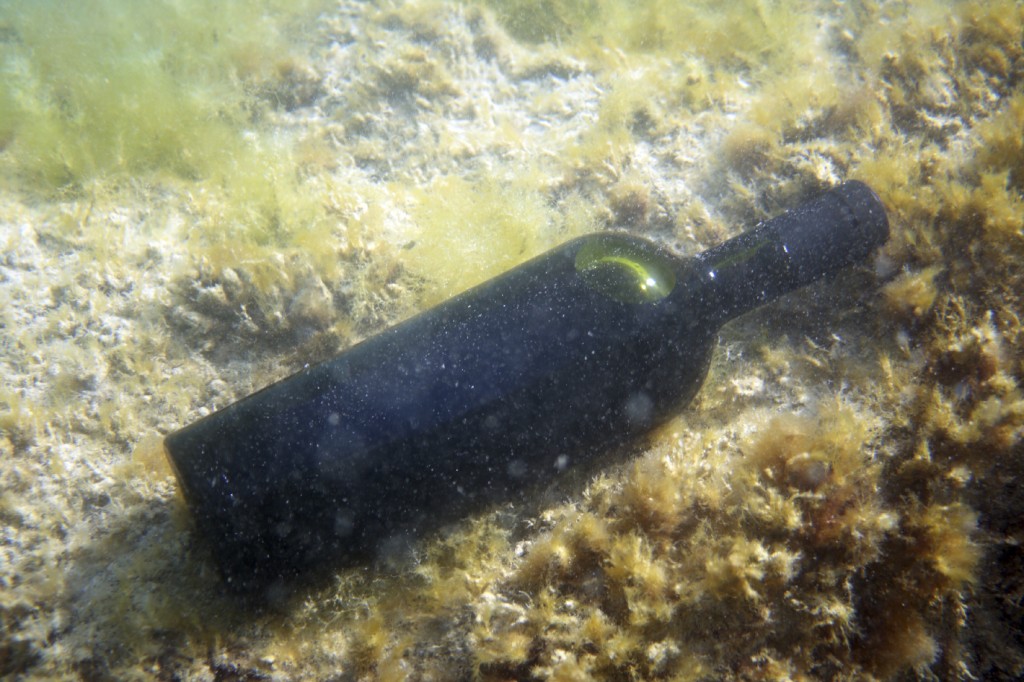
Nevertheless, some wine producers think this may be the future of wine aging; the Mira Winery in Napa, California has been experimenting with “aquaoir”, a method of aging wine underwater which is said to produce a unique flavour, as well as aging faster than similar wine aged on land – although they have faced issues with federal bodies who claim the process is unsanitary.
Donning flippers and a snorkel to retrieve your wine seems somewhat inconvenient; we much prefer the accessibility of a spiral wine cellar, which provides ideal conditions to age your wine perfectly in a highly accessible way, with no fear of seawater getting into your bottles. For more information, you can contact us on 0203 815 3329, and find us on Facebook and Twitter.
